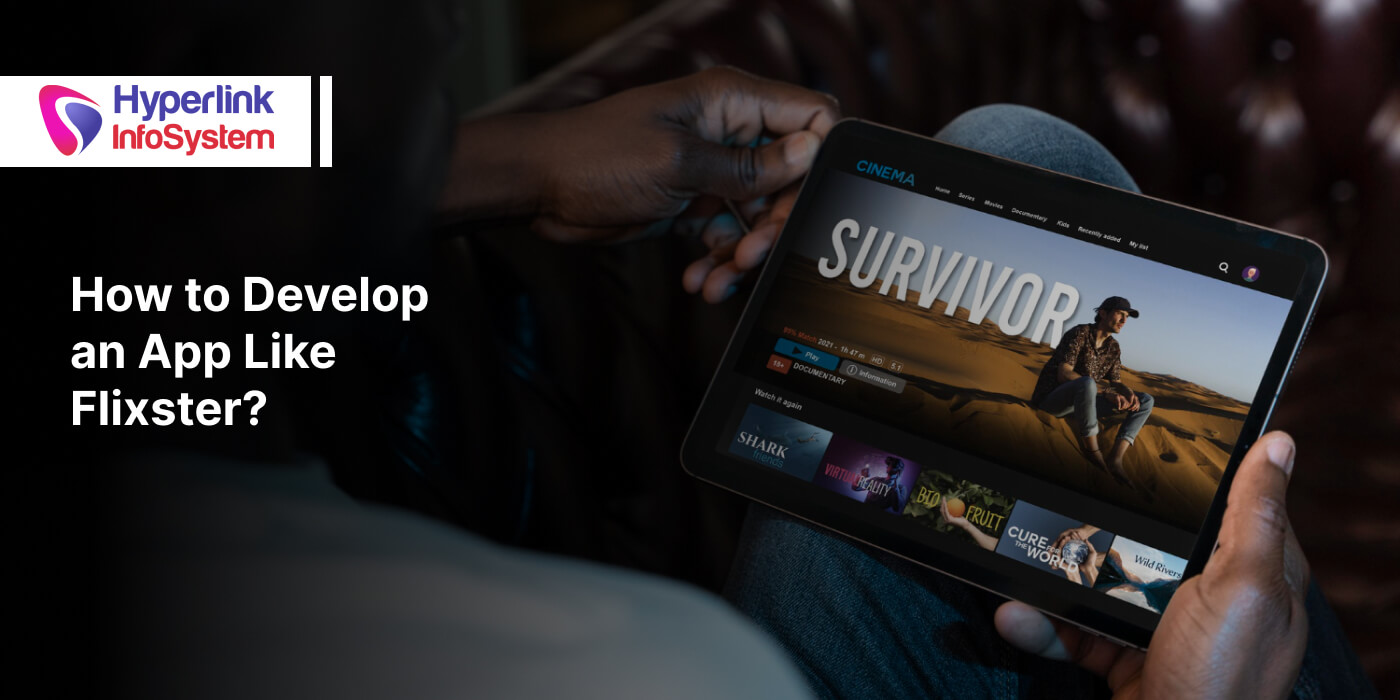�
The term UX originated in 1993 in the depths of Apple, the decoding sounds like
"User Experience" (UX). With the growing popularity of mobile devices, this concept came into vogue and began to be used everywhere. But even now, not everyone can confidently answer the question what is UX design in app development? How is it different from UI design? Why are they always mentioned together?
UX design in app development
It is one of the first steps in creating an app and it serves to make the app logical, convenient and useful. UX design of mobile apps determines the impressions a user will get when he uses the app and how he’s going to use it.
Where is the best place to enter the personal account? How many steps must a user take to subscribe to a newsletter or place an order? How will he know if an operation was successful? These are the questions that the app development companies solve through UX designer.
UX design includes different components:
- information architecture;
- interactive design;
- usability (an indicator of simplicity, convenience and efficiency of the product in the eyes of users).
App development companies need to understand the psychology and emotions of the users, analyze their expectations from the app and set the goal to be achieved. They then select the appropriate tools and come up with the structure of the app that meets all the necessary parameters.
UI design in app development
User interface (UI) design is the visual embodiment of UX design. Its task is to make an app attractive and as easy to use as possible using certain graphics solutions.
The UI designer is responsible for how each individual screen or page will look. His responsibilities include graphical controls, such as buttons and checkboxes, fonts, color schemes, and various visual images.
During app development, UI design answer questions such as: What should the button look like to make it convenient to click on? What font size to choose so that the text is well read? How to make an error message to attract attention, but not annoying?
Working on how the app will look on the screen of the gadget, the UI designer focuses on the guidelines of mobile platforms - sets of recommendations from Apple and Google, thanks to which third-party apps look consistent and seamlessly integrated into the overall concept. UI and UX designers, app developers are part of the team in
app development companies.
Factors to consider before developing a mobile app
Developing an app for mobile devices is not the same as developing for computers. There are several factors to consider when developing an app for mobile. The most obvious is the dimensions of the screen. You must learn to work with this restriction on mobile devices. Mobile devices offer a series of advantages such as tactile gestures, which optimize interaction and allow it to become a more natural process.
Apart from analyzing the specific characteristics of these devices, studying how other apps solve certain problems and start with the sketches of your mobile app, there are certain fundamental considerations that you should take into account.
Keep in mind the objectives
Every design you make, regardless of whether it is a website or a mobile app, has a purpose. You must make sure that you clearly understand the objectives before you start the development. The development process is extensive and complicated; you should start it once the objectives have been defined. At the end of the day, if you start designing without taking into account the objectives, it is likely that you will have to redesign or that the project does not have the results you expected.
Meet the users
Once you have made the objectives of the project clear, it is time to identify the target audience. You can start by establishing common characteristics such as age range, sex, etc. However, it is recommended that you also add some more specific profiles. It is about developing a character based on the data you have been able to collect.
The development may be aligned with the established objectives, but how can they be achieved if the users are not understood? This is one of the reasons why the knowledge you have about the target audience is essential to create a really effective development. After all, you are designing for them.
Perform tests
Testing is an essential part of any process, particularly in the case of mobile devices. Luckily, there are a lot of tools that allow you to do this. Some of these tools are available to you free of charge.
In addition to apps that allow you to see how the app looks on mobile devices, there are also other tools such as
Hotjar where you can view user recordings using your app. In this way, you can detect which areas you should improve in your app. Also, you can conduct user surveys and get feedback on various aspects of your app. The only disadvantage is that services like these are paid.
Take the usability into account
Usability is another great issue that must be taken into account when it comes to the development of mobile apps. Particularly for mobile devices, there are a number of factors to consider. The design could be somewhat limited due to the size of the screen, so you have to think about how to offer a quality experience. For this, it is necessary to consider all the specifications that mobile devices have and the way in which users use them. For example, a large percentage of users use tablets in a horizontal format, while the opposite happens with smartphones. This data can give you a clue about the direction an app development should take on these devices. It is about looking for a midpoint, where each user experience is similar, regardless of the devices used. This objective also helps to slightly strengthen the brand.
Ensure the readability of your content
When dealing with smaller screens, the content should be simplified. It is not only about reducing the size of the images and other elements so that they all fit the new screen dimensions, but it is about making the content equally accessible to your users. That is, the font should be in a size that improves its readability, the
call-to-action buttons should be of a suitable size so that the user can interact with them through their fingers, etc.
Meeting with to app development companies should help you in this regard.


























